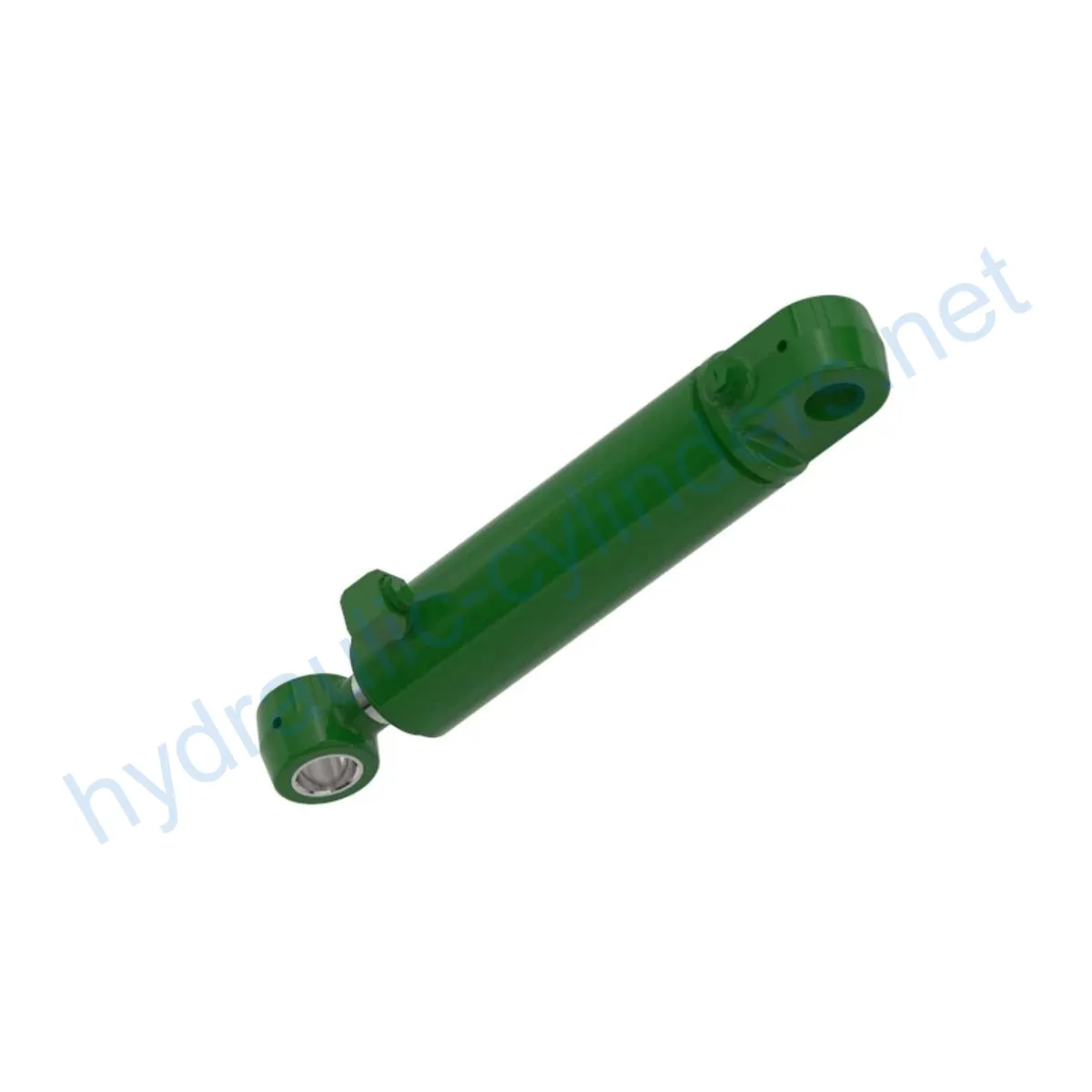Replacement Of AH227811 Hydraulic Lift Cylinder
Üheks hüdrosilindrite tootjaks, tarnijaks ja mehaaniliste toodete eksportijaks pakume hüdrosilindreid ja paljusid teisi tooteid.
Palun võtke meiega ühendust üksikasjade saamiseks.
Post:sales@hydraulic-cylinders.net
Tootja tarnija eksportija hüdrosilindrid.
Replacement Of AH227811 Hydraulic Lift Cylinder
The Replacement Of AH227811 Hydraulic Lift Cylinder is a vital component used in various models such as 8100, 8100T, 8110, 8110T, 8200, 8200T, 8210, 8210T, 8300, 8300T, 8310, 8310T, 8400, 8400T, and 8410, 8410T. It is designed to provide efficient hydraulic lift capabilities for a wide range of applications.
Specifications
- Weight: 46.91 lb
- Height: 4.5 in
- Width: 6 in
- Length: 23.8 in
Features
- Improved Equipment Performance: Replacing damaged or worn hydraulic cylinders can restore the normal operational capabilities of the equipment, ensuring optimal performance in various applications.
- Enhanced Safety: Regularly replacing hydraulic cylinders can reduce safety hazards caused by cylinder failures, ensuring the safety of operators and equipment.
- Overload Protection: New cylinder designs often incorporate better overload protection mechanisms, enhancing overall safety.
- Quick Installation: Modern hydraulic cylinders are designed for easy installation and replacement, minimizing downtime.
- Standardized Components: Many hydraulic cylinders are standardized products, facilitating the acquisition of replacement parts in the market.
We have the ability to produce this product and our cylinders are perfect replacements for the ones used in the mentioned models.
Applications
- Excavators: Hydraulic cylinders in excavator booms or buckets may become damaged due to long-term use or overload, requiring replacement to restore normal operation.
- Cranes: Crane boom hydraulic cylinders are prone to wear during frequent lifting and lowering processes, necessitating regular replacement to ensure safety.
- Tractors: Front-end loader hydraulic cylinders in tractors may experience leaks or performance degradation during continuous lifting and tilting operations, requiring replacement.
- Harvesters: Hydraulic systems in harvesters endure high pressure during the harvesting process, and cylinders may suffer fatigue damage, necessitating timely replacement to maintain operational efficiency.
- Automation Production Lines: Hydraulic cylinders are used to control robotic arms and other automated equipment. Cylinder failures can significantly impact production efficiency and should be promptly replaced.
- Die Casting Machines: In high-pressure and high-temperature environments, hydraulic cylinders in die casting machines may experience performance degradation. Regular replacement ensures product quality.
- Mining Equipment: Hydraulic cylinders are used for lifting and moving heavy loads in mining equipment. Regular inspections and replacements are required to avoid equipment failures due to harsh working conditions.
- Bulldozers: Hydraulic cylinder wear on bulldozer blades can lead to a decrease in pushing capacity, necessitating timely replacement to maintain operational efficiency.
Maintenance Tasks
- Regular Inspections: Perform routine inspections of the hydraulic cylinder to identify any signs of wear or damage.
- Proper Lubrication: Ensure appropriate lubrication of the cylinder components to minimize friction and maximize lifespan.
- Seal Replacement and Calibration Checks: Replace worn seals and perform calibration checks to ensure proper functionality.
During installation, provide proper guidance for aligning the cylinder and recommend the use of suitable installation brackets for secure mounting. We offer inspection, repair, and replacement services to improve the lifespan of your hydraulic cylinders.
Safety Considerations and Environmental Factors
When using hydraulic cylinders, it is crucial to prioritize safety measures. Ensuring the proper use of keywords and implementing safety procedures is of utmost importance to prevent accidents and maintain a safe working environment.
Troubleshooting and Common Issues
Common problems that may arise with hydraulic cylinders include leaks, insufficient lifting capacity, and erratic movement. To address these issues:
- Inspect the cylinder for any visible damage or leaks.
- Check the hydraulic fluid level and ensure it is at the recommended level.
- Verify proper alignment and connection of the cylinder components.
- If necessary, consult a professional technician for further diagnosis or repair.
Preventive Measures
To minimize potential issues and ensure the long-term functionality of your hydraulic cylinder, consider the following preventive measures:
- Perform regular maintenance and inspections as outlined in the manufacturer’s guidelines.
- Use high-quality hydraulic fluids and lubricants.
- Ensure proper installation and alignment of the cylinder.

Design Considerations and Selection Criteria
- Load-Bearing Capacity: Discuss the cylinder’s ability to handle various loads and provide stability during operation.
- Sealing and Durability: Highlight the use of quality seals and durable materials to ensure long-lasting performance.
- Safety: Emphasize the importance of designing cylinders with safety features to prevent accidents.
- Maintenance: Address how the design facilitates maintenance tasks such as seal replacement and calibration checks.
Sealing and Lubrication
Our hydraulic cylinders utilize various seals, such as piston seals and rod seals, made from wear-resistant materials like polyurethane and nitrile rubber. The cylinder body and threaded ends undergo precision treatment to enhance wear resistance. Regular lubrication with the appropriate hydraulic oil is necessary to ensure proper operation.
Regular Inspection and Preventive Maintenance
- Proper Installation: Provide guidance on correctly aligning and mounting the cylinder, recommending the use of appropriate installation brackets.
- Inspection, Repair, and Replacement Procedures: Outline recommended inspection, repair, and replacement procedures to maintain optimal cylinder performance.
- Component Replacement and Rebuilding Services: Offer replacement parts and rebuilding services to extend the lifespan of your hydraulic cylinders.
Safety Considerations and Environmental Factors
When using hydraulic cylinders, it is crucial to prioritize safety measures and consider environmental factors. Implementing proper safety measures and using environmentally friendly practices are essential in minimizing risks and protecting the environment.
Troubleshooting and Common Issues
Common issues with hydraulic cylinders may include leaks, inadequate lifting force, and erratic movements. Here are some tips to address these problems:
- Inspect the cylinder for visible damage or leaks.
- Check hydraulic fluid levels and ensure they are within the recommended range.
- Verify proper alignment and connection of cylinder components.
- Consult a professional technician for further troubleshooting and repairs if necessary.
Tehke ekskursioon meie VR-tehases:
Tehke ekskursioon meie VR-tehases koos järgmisega
Hüdrosilindri kasutamine:


